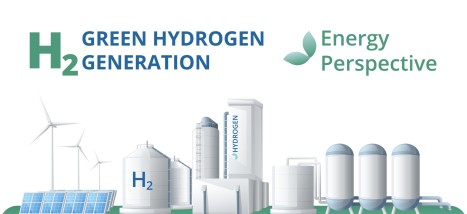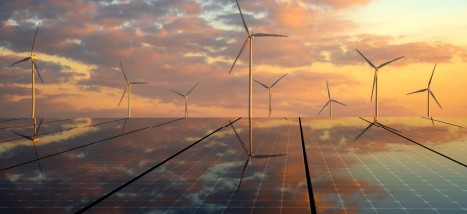-
28 May 2024

Why investors flock to green bonds
The market size for green bonds is snowballing. Investors are drawn to the combination of a fixed interest rate with a social or green impact. That impact can vary from reforestation to clean water or renewable energy projects. It is particularly the transparency that attracts investors.
What are green bonds?
A government or a company issues a green bond to finance an environmental project, usually an investment in renewable energy. Because of the latter, a green bond is also sometimes called a climate or energy bond. They may also be referred to as impact bonds to illustrate that they positively impact people (social impact) and/or the environment (green impact).‘Green bond’ is a hallmark
The green bond label now works like a hallmark, supported by European guidelines in the European Green Bond Standard. These guidelines indicate what may be called green and what may not. This is to protect investors and prevent greenwashing. Greenwashing occurs when an organisation deceptively claims to use the money sustainably, but in reality does not. A green bond must be fully transparent about how the borrowed money is used, with a specifically defined sustainable project. Investors must have the certainty that their money flows to that project.Green bonds are selling like hot cakes
Green bonds usually offer less interest than a comparable bond from the same issuing company or government. Investors accept this because of the social or green impact they achieve with their money. According to the Climate Bonds Initiative, an advocacy organisation for green bond investors, total green bond issuance reached almost USD 270 billion in 2020. This year, the number already reached USD 397 billion (in November 2021).The risk of green bonds
Interest and redemption are a certainty in green bonds, and the loans usually have the same credit rating as a regular bond. This means that they do not pose an additional investment risk. However, it is always important to check whether the money is indeed used for a specific project. And as with other bonds, if the issuing company experiences financial problems, interest payments and redemptions do become less certain. This default risk is inextricably linked to bond investments.No tax benefits
Contrary to what is sometimes claimed, green bonds do not provide any tax benefit in the Netherlands. This is because they do not fall under the Dutch green scheme (“groenregeling”) that offers a tax benefit to investors in so-called green funds. Green bonds are therefore taxable in the Netherlands for private individuals, like other investments.Green bonds also for private individuals
Because of their impact, green bonds are especially sought after by institutional investors who need to make their portfolios more sustainable due to the wishes of their stakeholders and increasing regulations. However, since 2010, private individuals have also been given access to green bond funds. These funds invest in a diversified basket of green bonds, and therefore offer excellent risk spreading. Such bond funds are often popular among wealthy individuals who do not earn anything on their savings because of the low/zero interest rate, but who do wish to put their money to good use.Many different types of bonds
Sustainable bond investors can face a choice overload, because of the many different types of bonds. For example, there are impact bonds, energy bonds and climate bonds. Not to forget the hydrogen bonds, issued by projects or companies that focus on this promising sustainable energy source. These bonds only earn the green bonds label if they meet the conditions of the European Green Bond Standard.FutureEnergyFund: energy bonds with a fixed interest rate
FutureEnergyFund is another bond fund that offers a fixed interest rate. These bonds are not green bonds, but they share the characteristic with green bonds that the money is used for sustainable projects. However, with an interest rate of 7.5%, the yield is considerably higher than for green bonds.A fund in wind, sun and hydrogen
The money invested in FutureEnergyFund will primarily go to German wind and solar energy projects, in which management company WindShareFund has years of experience. Investing in wind and solar power in Western Europe remains the most sensible option due to the region's stimulating legislation. To benefit from the upside potential of hydrogen shares, the fund also invests partly in this segment. This can improve the return for investors, with a total bonus interest of up to 12 percent.
-
25 March 2025
 Green hydrogen can contribute effectively to emissions reductionBy: Evertjan van Roekel
Green hydrogen can contribute effectively to emissions reductionBy: Evertjan van RoekelGreen hydrogen often, but certainly not always, leads to CO2 gains. This is evident from research in Nature Energy by Kiane de Kleijne of Radboud University and Eindhoven University of Technology. 'If you calculate the entire life cycle of green hydrogen production and transport, the CO2 gain can be disappointing. But if green hydrogen is produced from very clean electricity and in the region, it can really contribute to emission reductions.'
[Read more...] -
18 February 2025
 Renewable energy investment creates great potentialBy: Evertjan van Roekel
Renewable energy investment creates great potentialBy: Evertjan van RoekelAn investment in renewable energy offers an excellent financial return and a way to put your money to work for people and the environment. Sustainable energy investments also play a crucial role in tackling the global climate problem.
[Read more...]